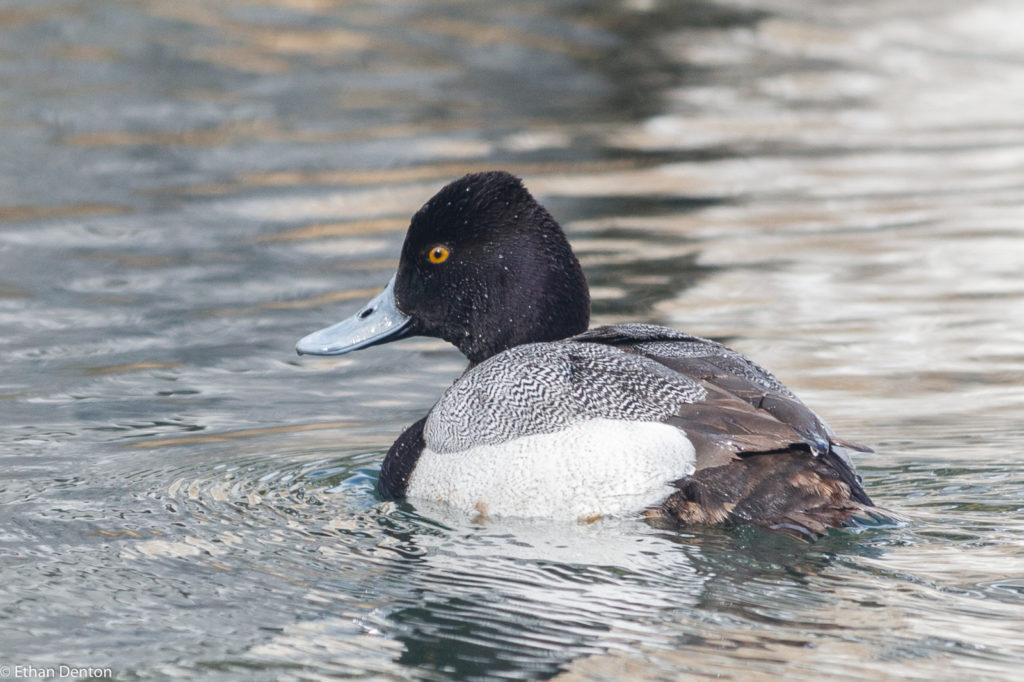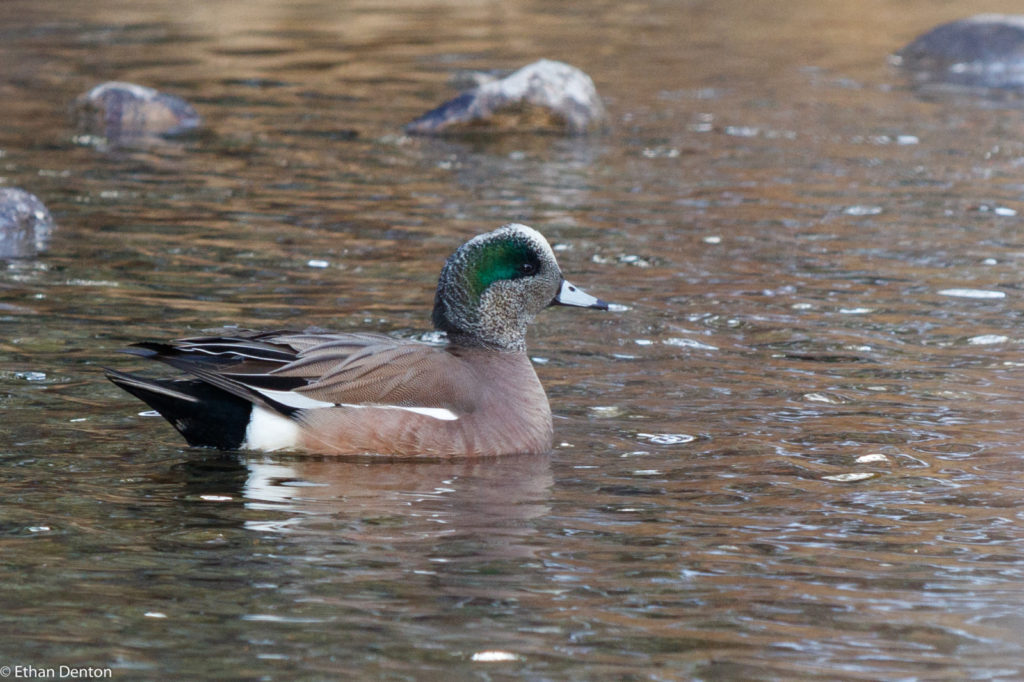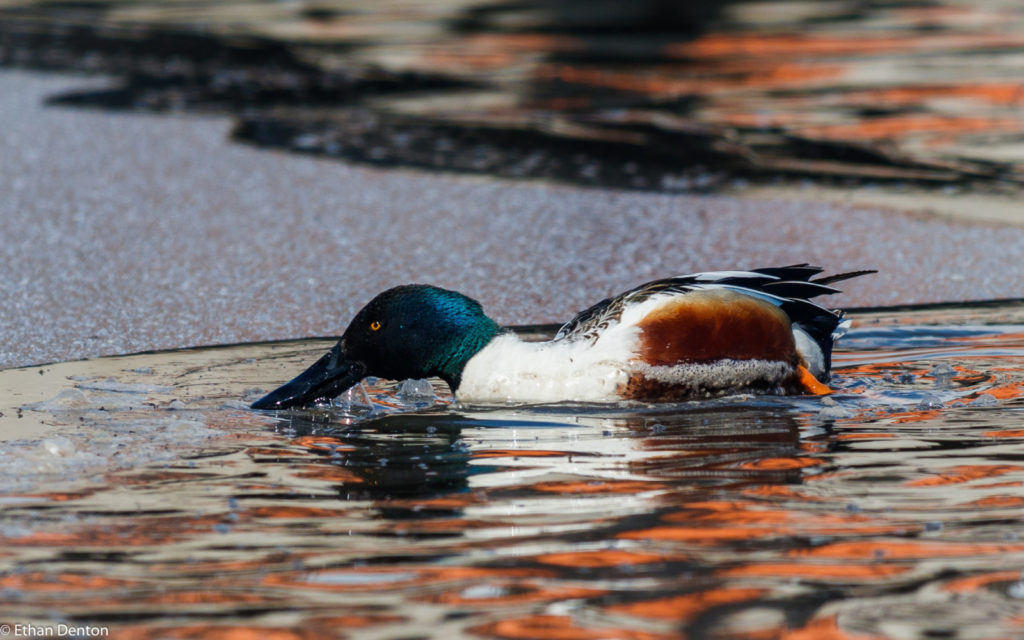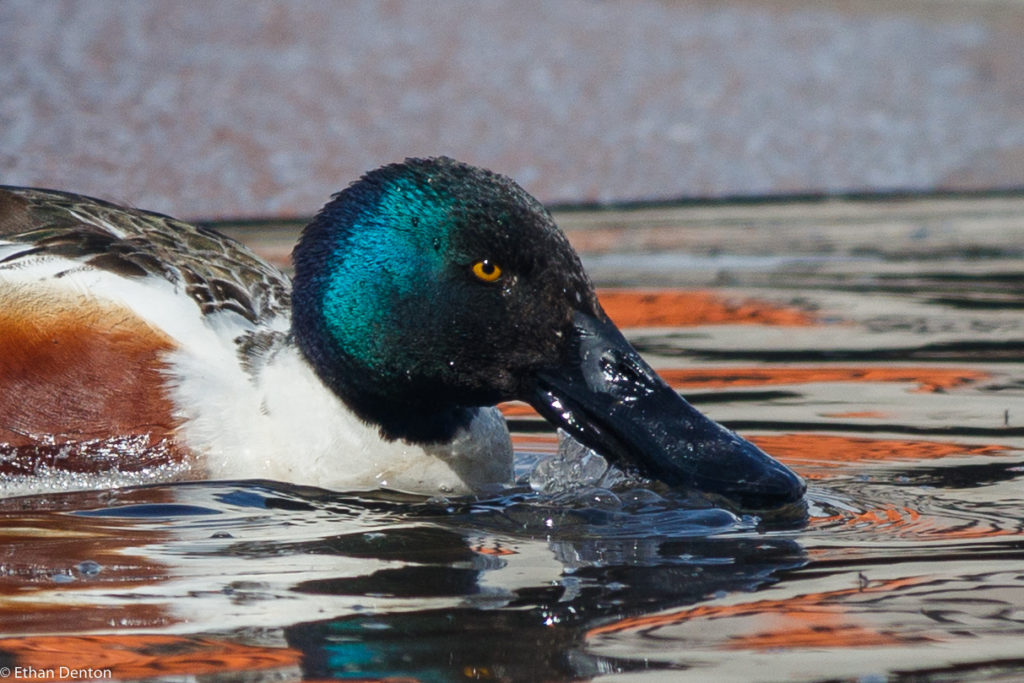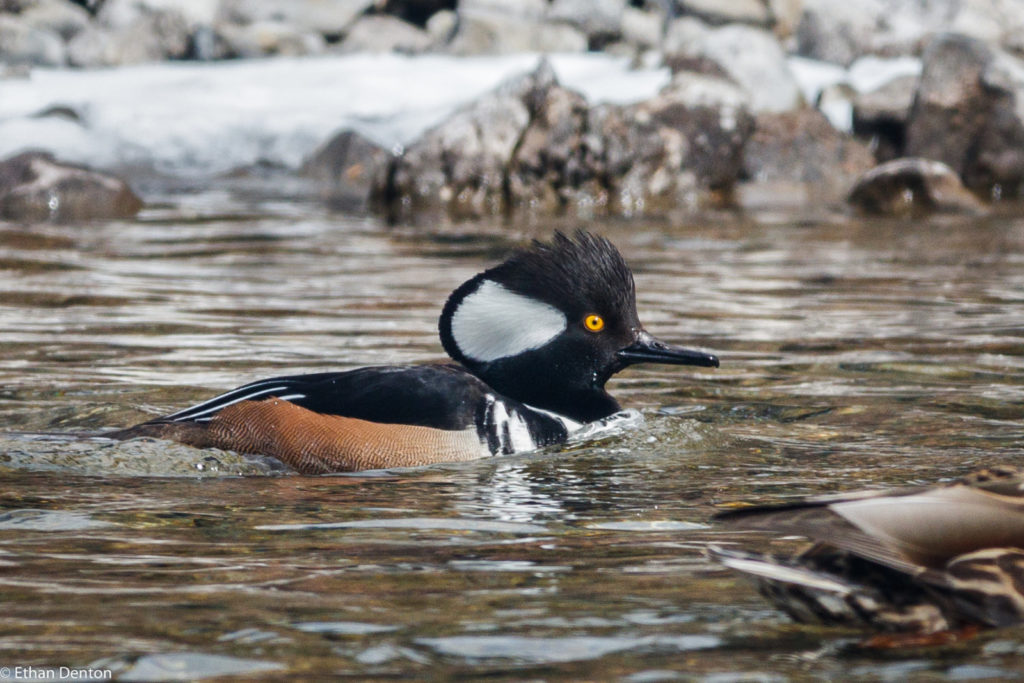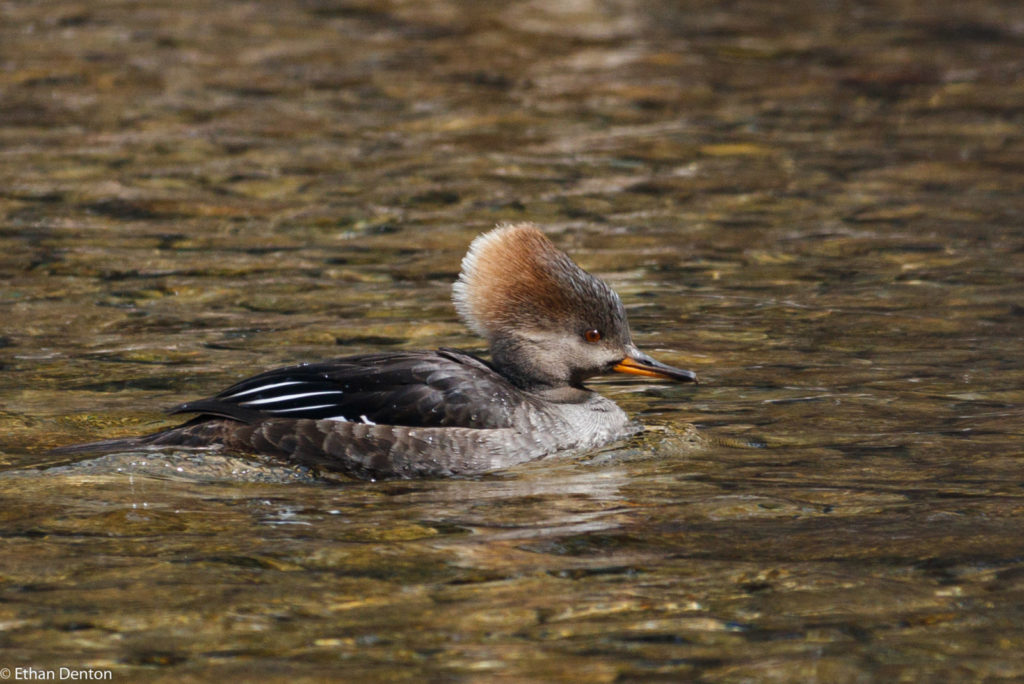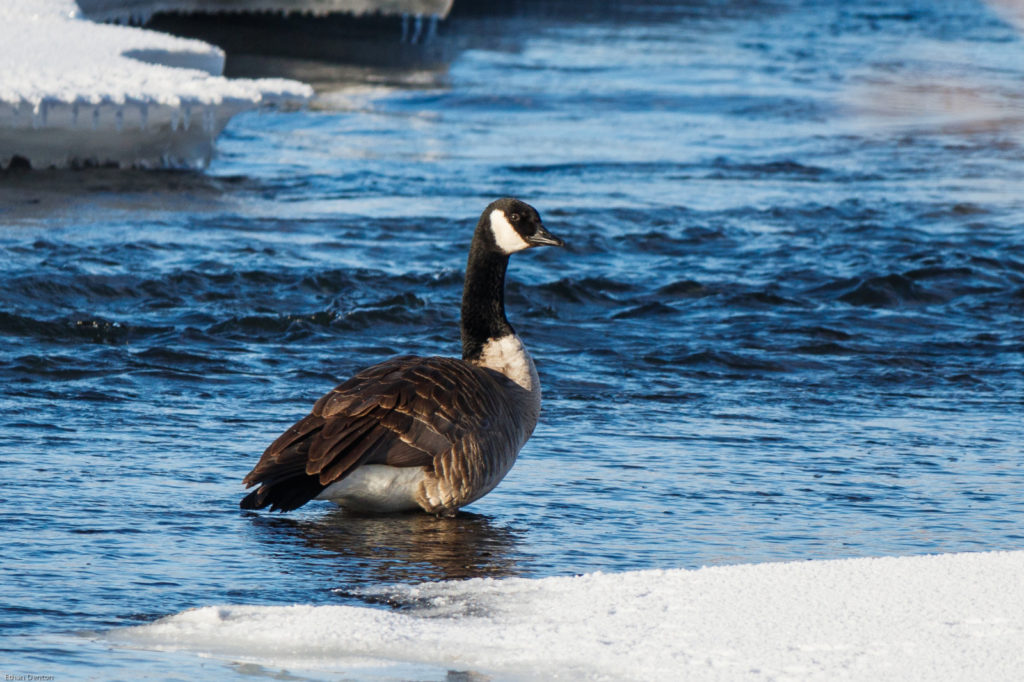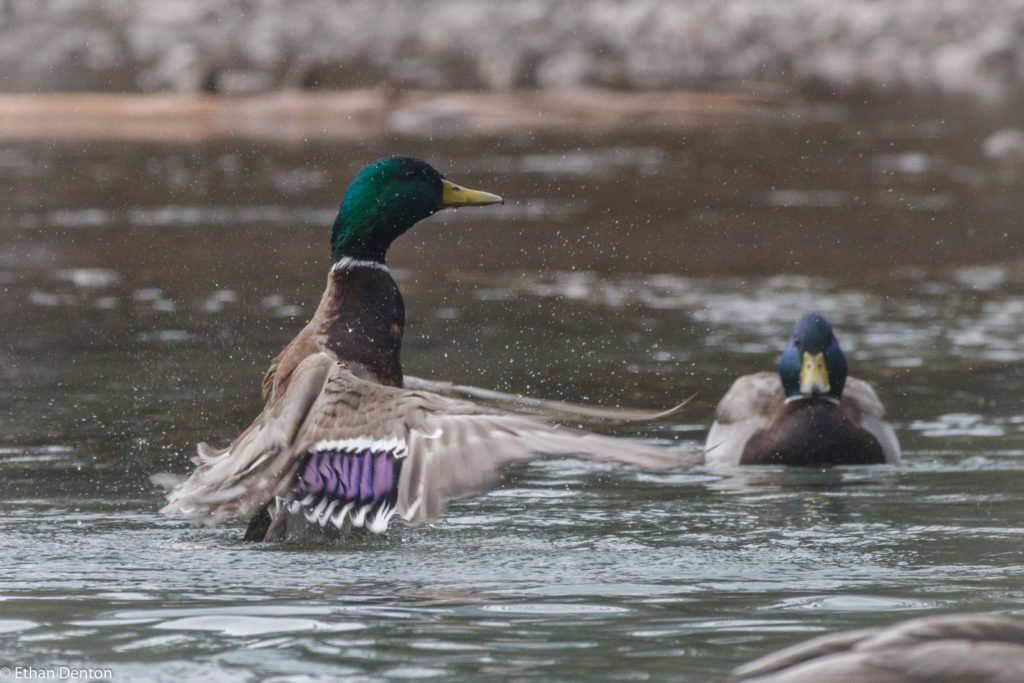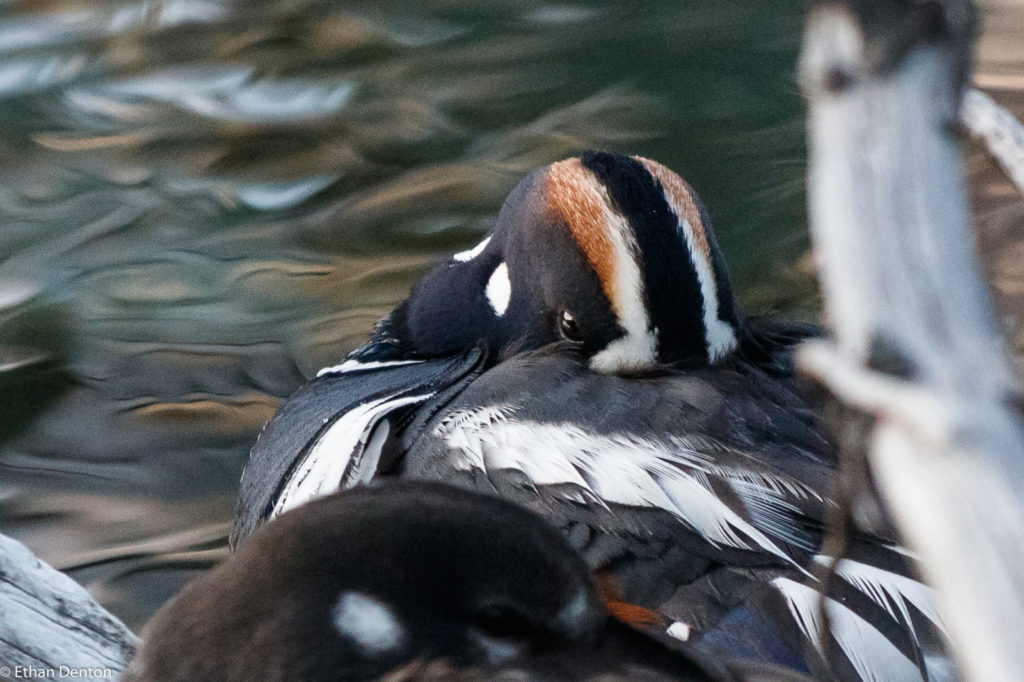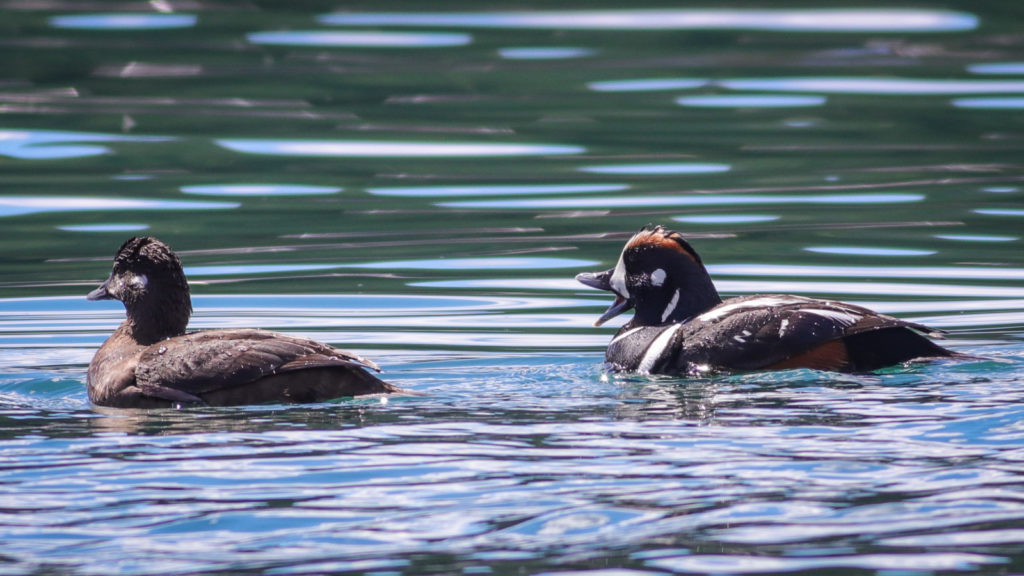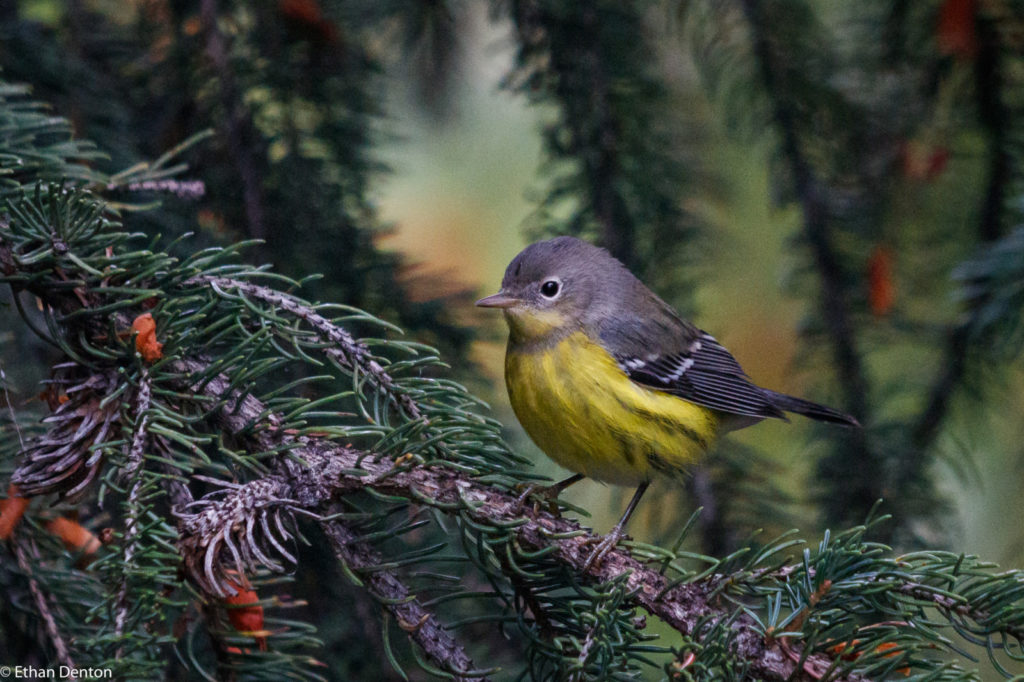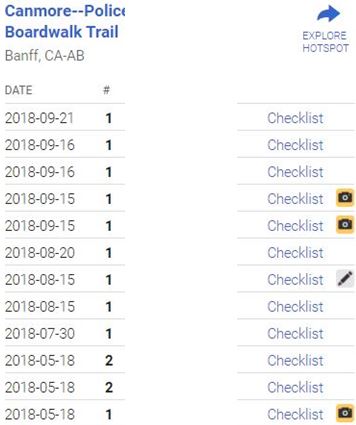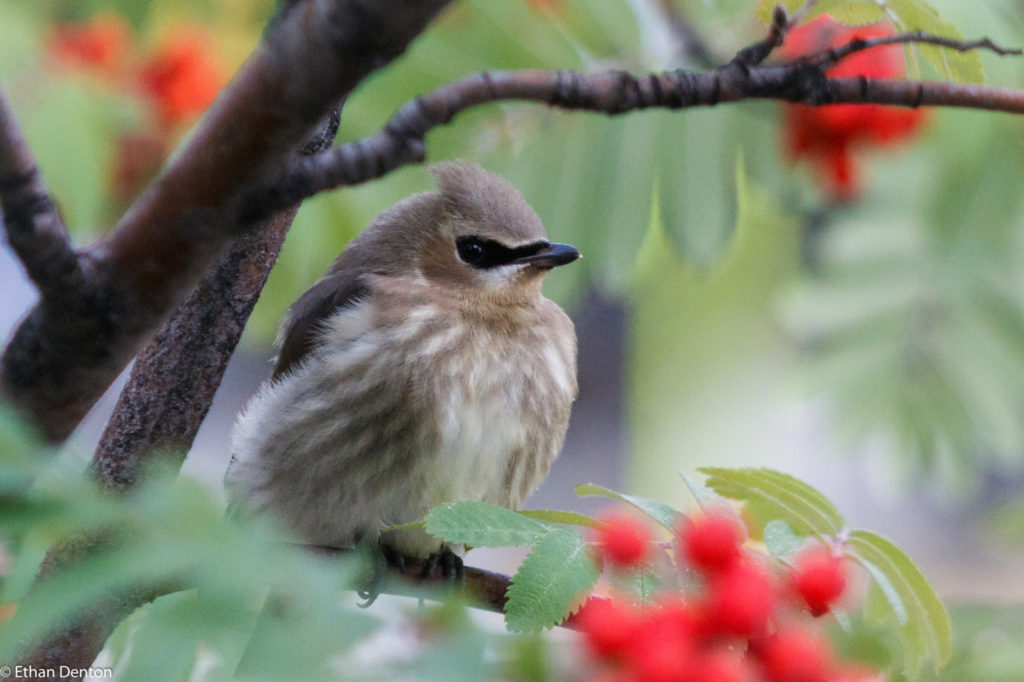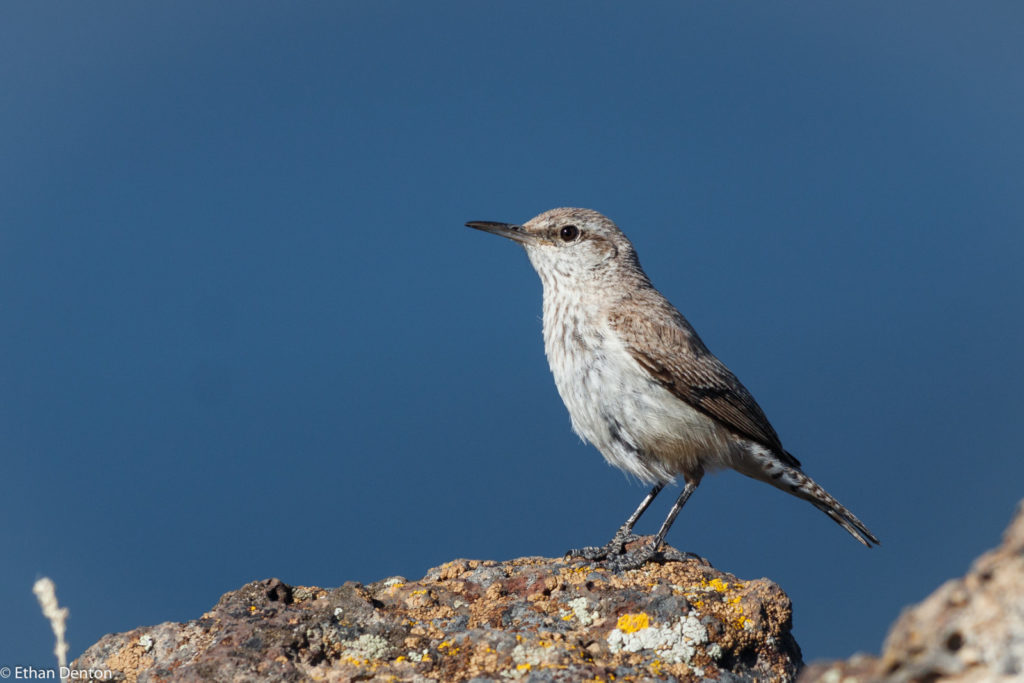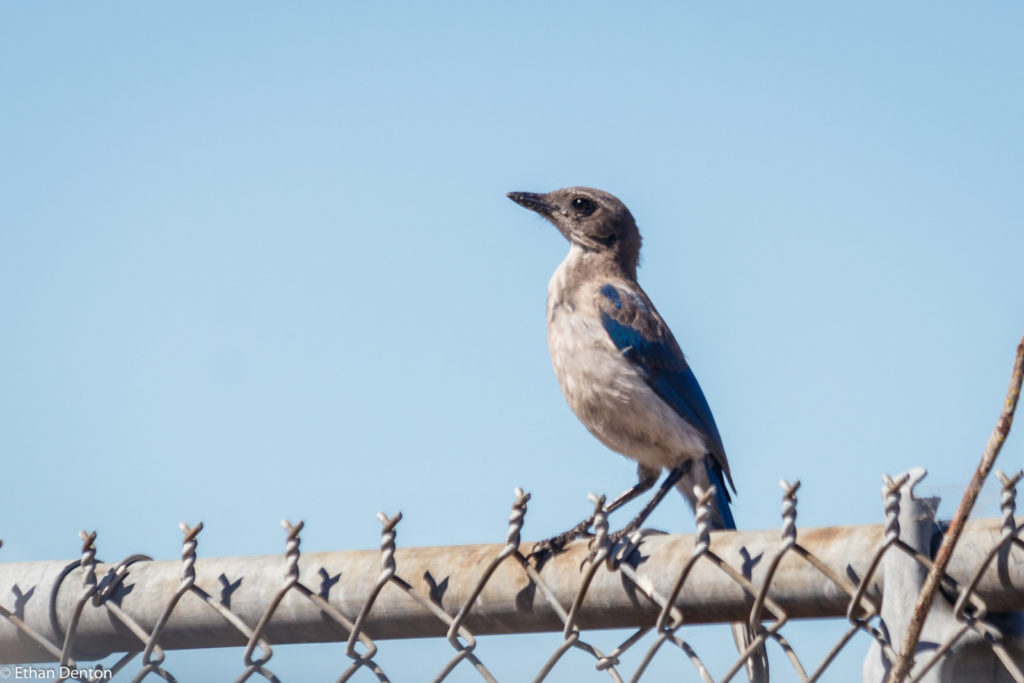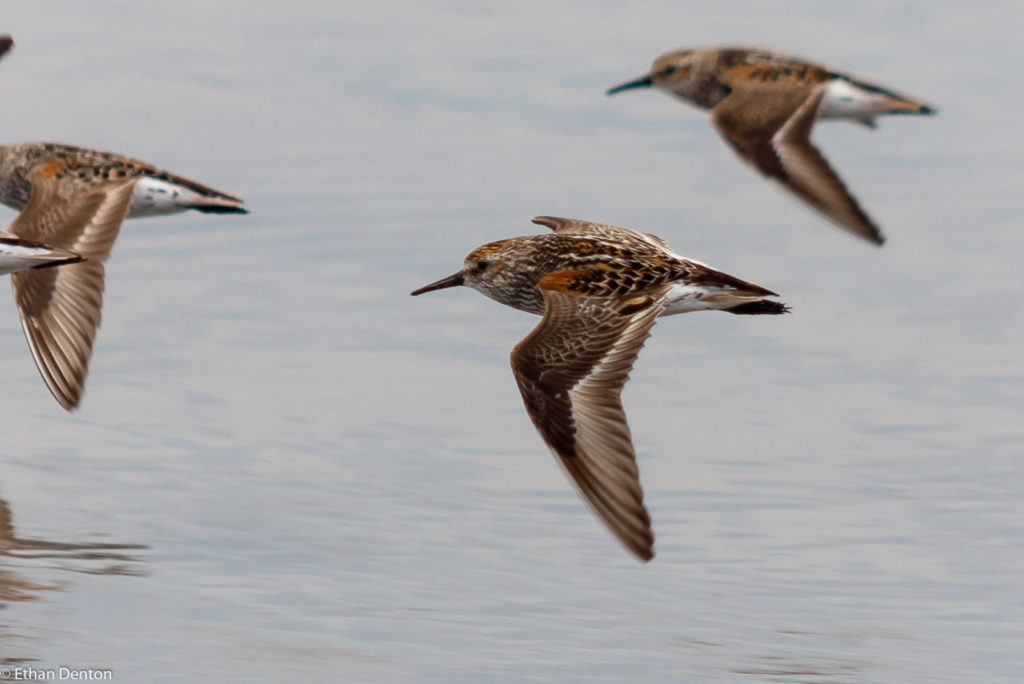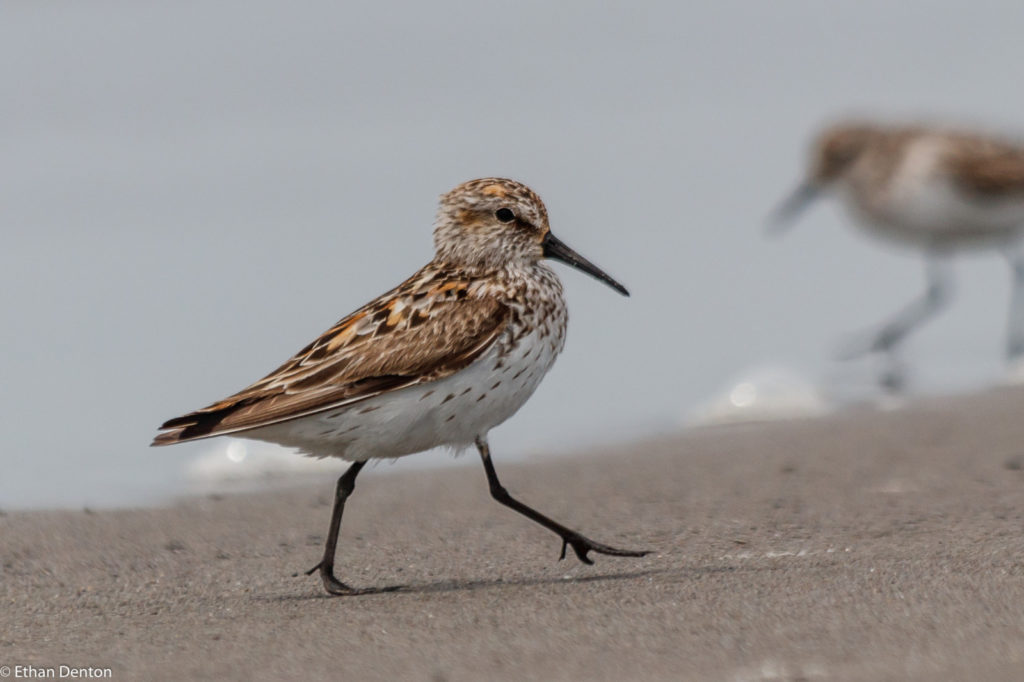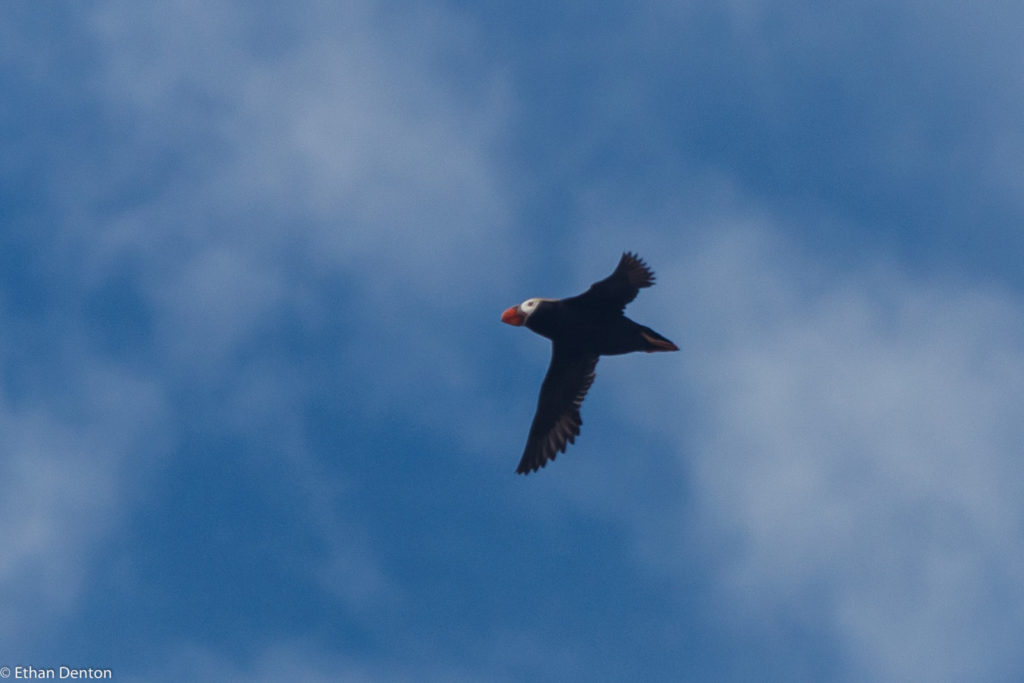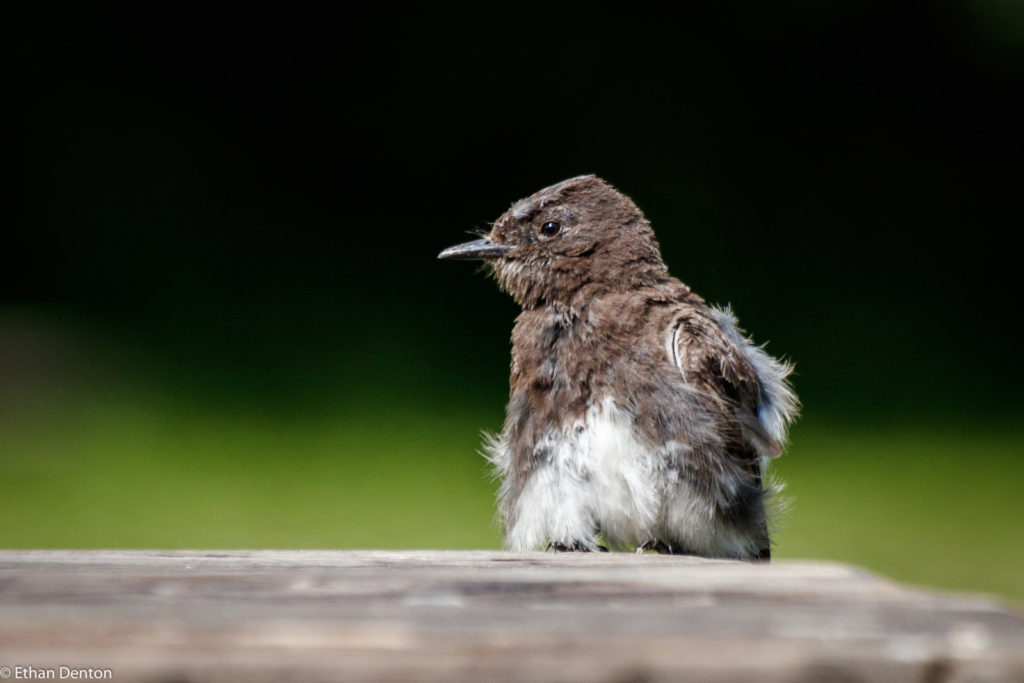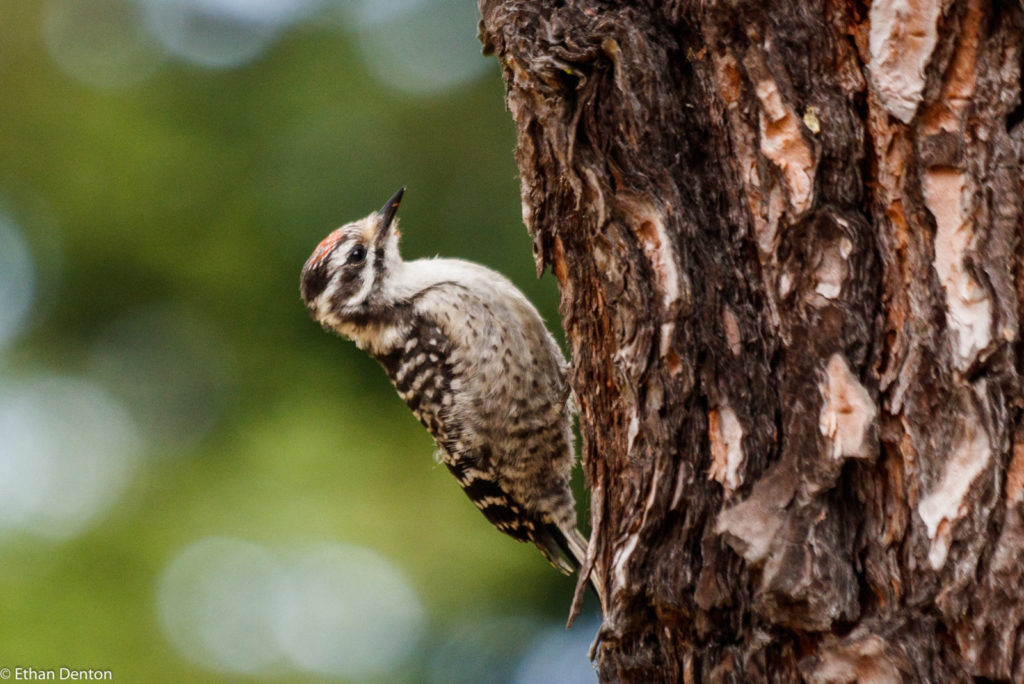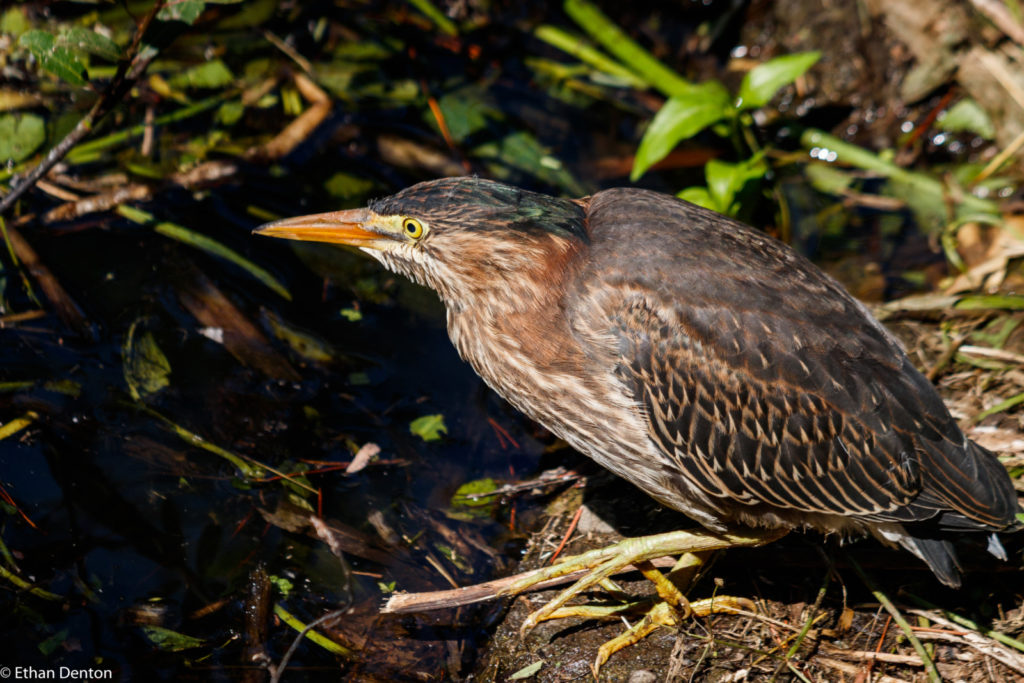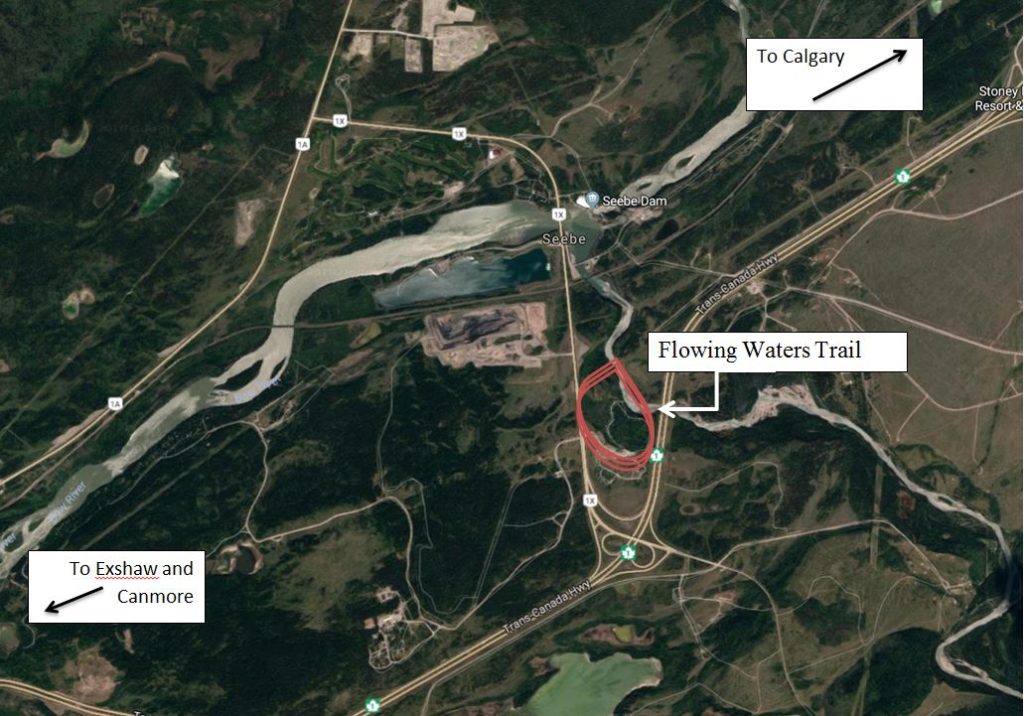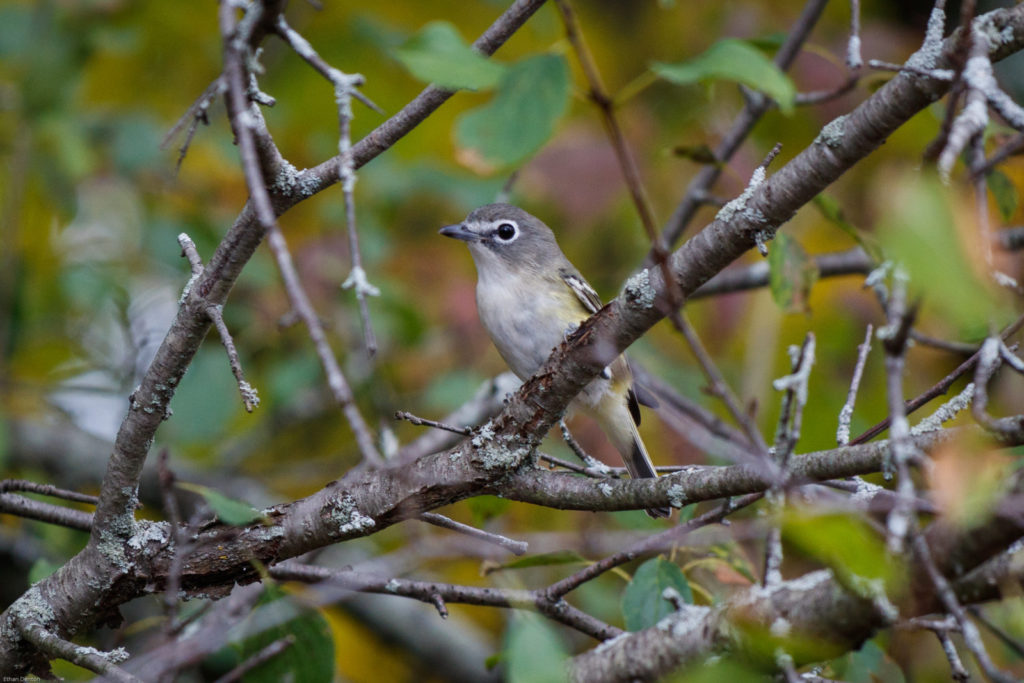This past week, two other Canmore birders and I headed down to the Crowsnest Pass in search of two rare birds which were being seen consistently at feeders near the town. We also made a “quick” (3 hour) stop at the Bob Creek Wildland, a hotspot which had a great range of habitat and thus bird species.
The first of our two target species was a female Black-chinned Hummingbird, something which we certainly won’t be getting up in the North of the county, and even in Crowsnest Pass is a rare sighting. We pulled up at the location, and were surprised by the sheer number of hummers flying around, displaying, and coming in to feed on the two feeders.
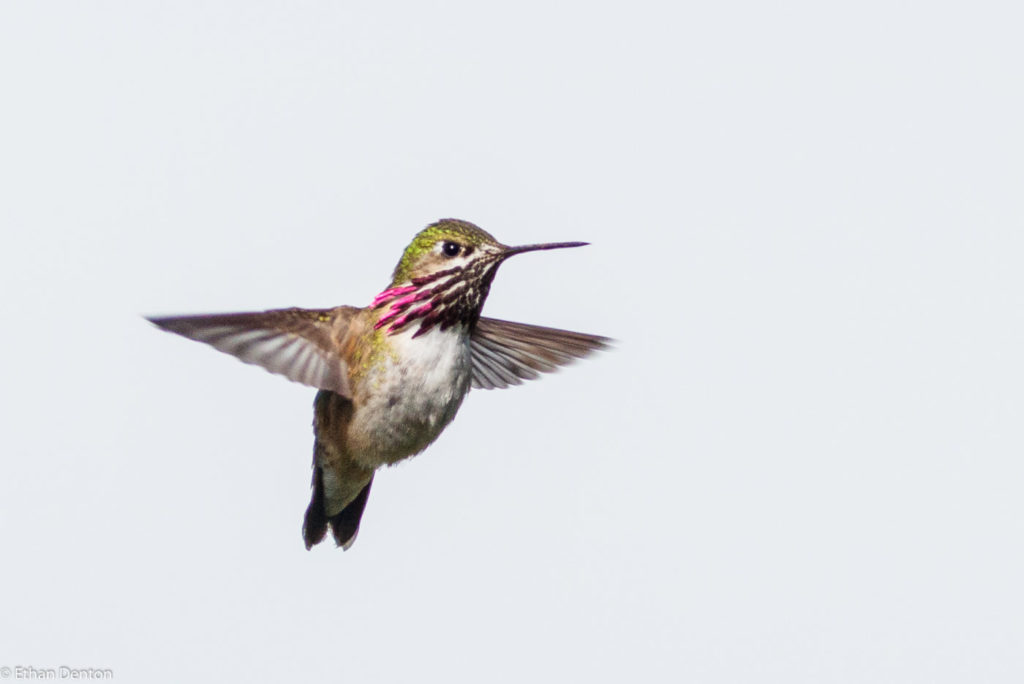
It didn’t take long for the Black-chinned to show, but she only stopped for a second before vanishing again. We stuck it out for another hour or two before finally being treated to a second, barely longer, appearance.
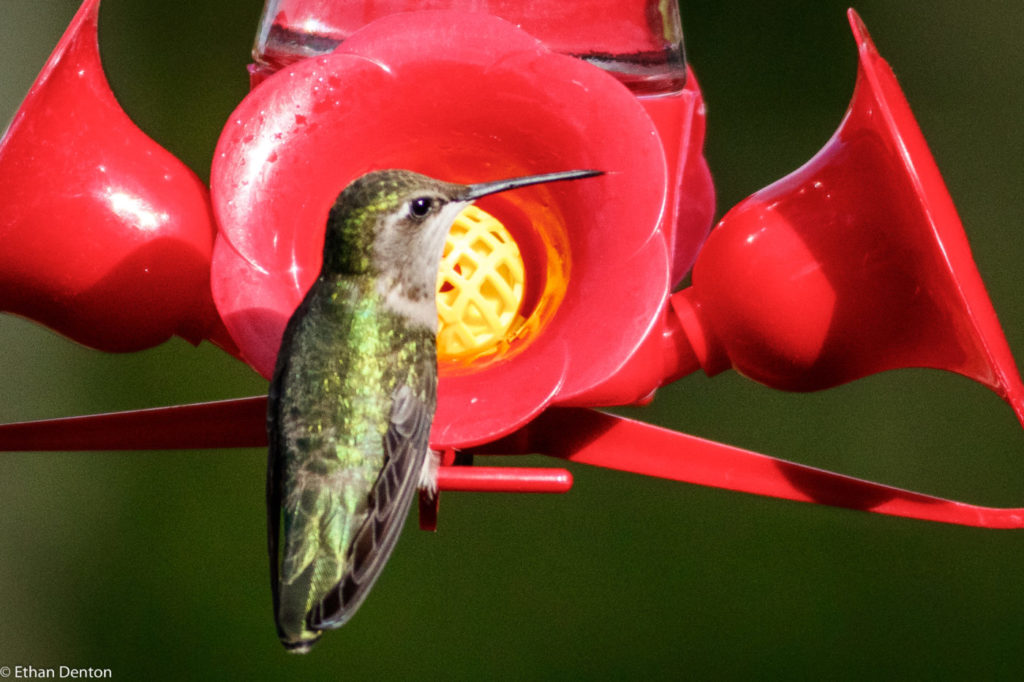
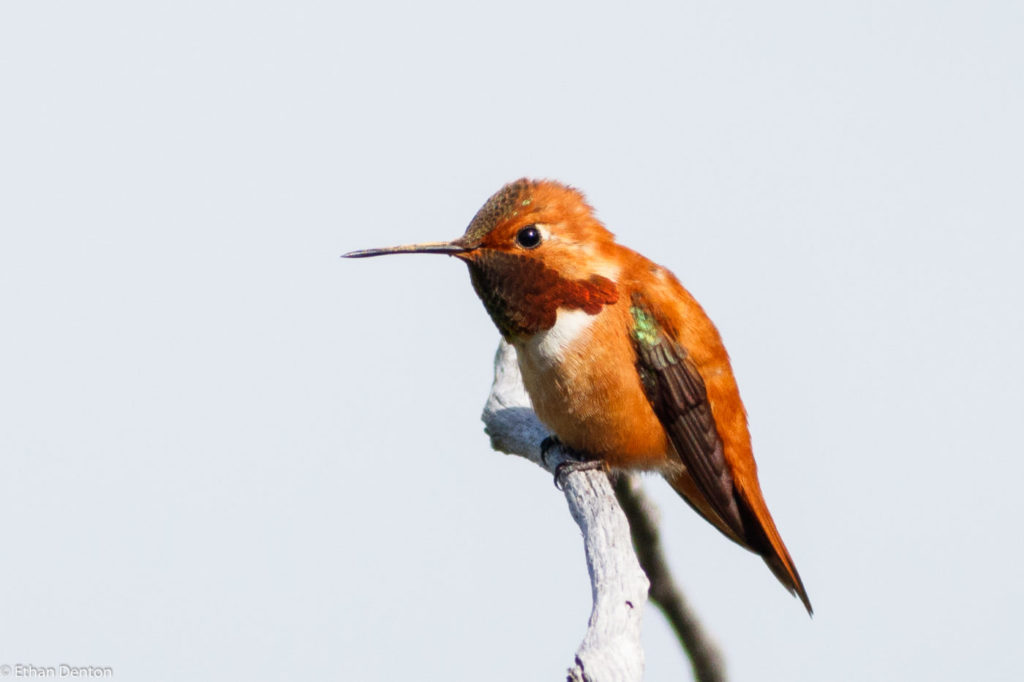
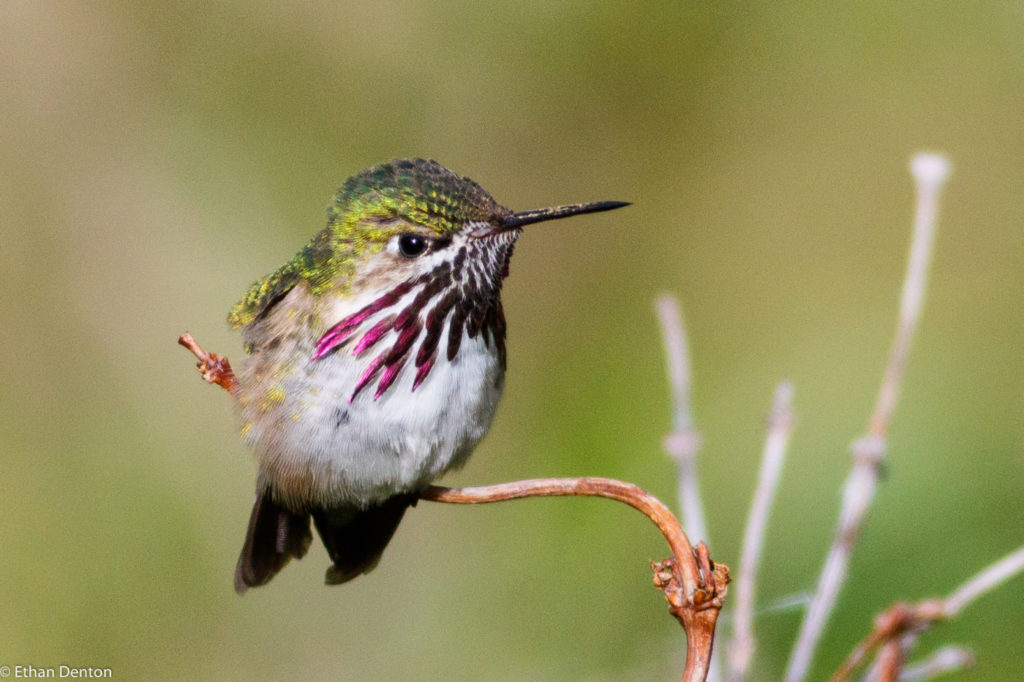
During this time, we were also treated to looks at our second target, the Black-headed Grosbeak, but I failed to get any decent photos.
The next day, we ventured out to Bob Creek, and found it to be one of the best places we’ve birded in Banff County. The eBird hotspot boasted only 86 species (107 by the time we were done with it), but we racked up 56 species on a rainy morning in late June including Banff County rarities such as Black-headed Grosbeak, Willet and Upland Sandpiper!
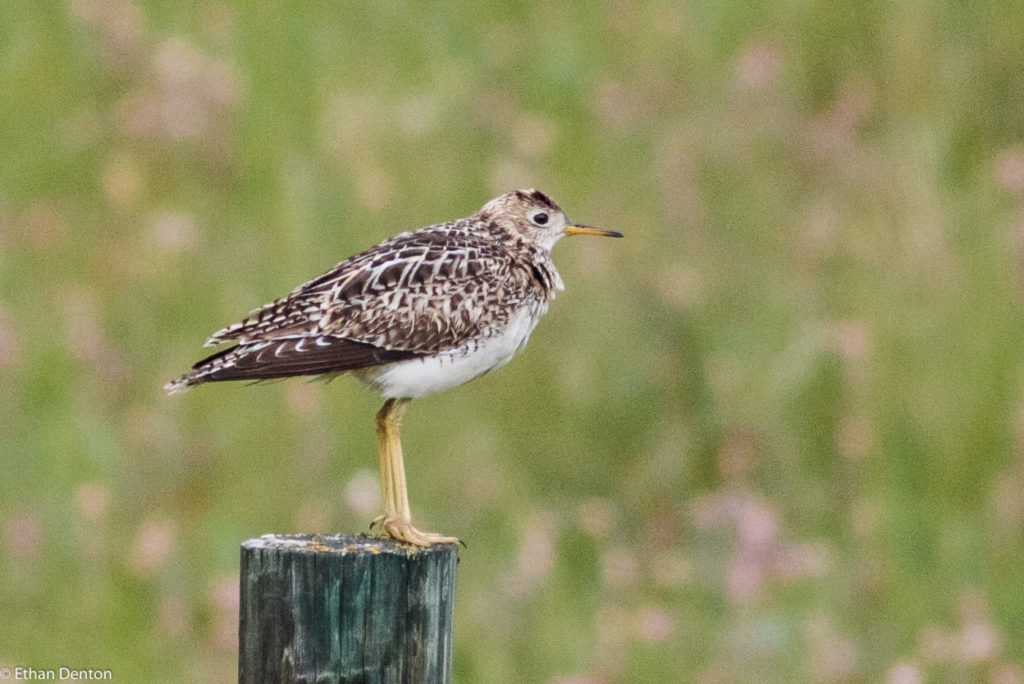
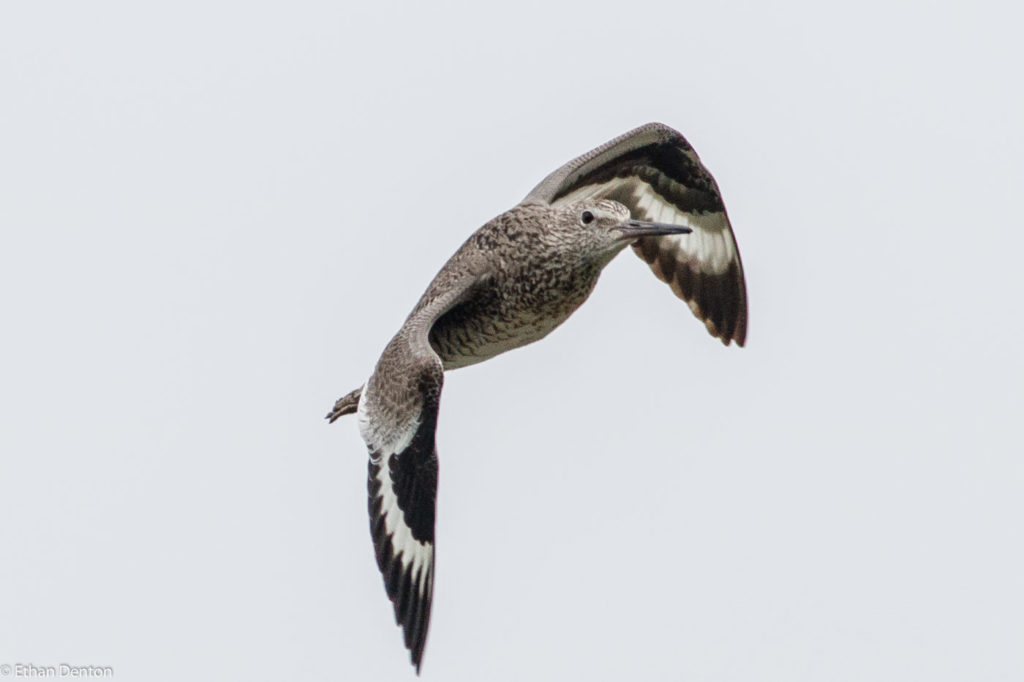
These extreme rarities for the county were, to all appearances, breeding in this diverse Wildland! My personal Banff county list rose by 7 species over the course of the trip – it’s likely the final time that I’ll have such a productive trip in the county. With the addition of (in chronological order) Franklin’s Gull, Black-chinned Hummingbird, Black-headed Grosbeak, Veery, Black Tern, Willet, and Upland Sandpiper, I’ve risen to 248 species in the county, and 299 for Alberta. Looking forward to the 300th!
